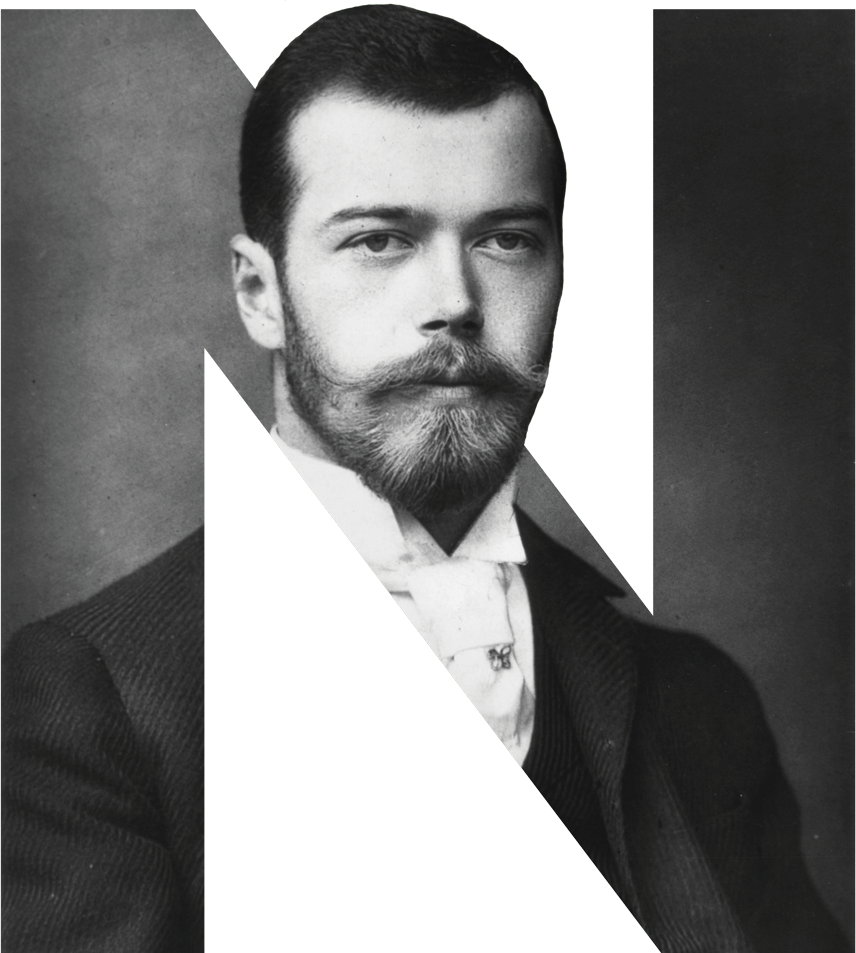
May 26, 1894
In 1894, Nicholas II took the throne after his father, Alexander III died. Unlike many before him, Nicholas wasn’t trained to become the Czar, which led to ill-advised involvement in a number of conflicts, including the Russo-Japanese War and World War I.
Click here to read more
September 5, 1905
Following the Russo-Japanese War in 1905, unrest boiled over, leading to the first Russian Revolution. The Czar avoided the fallout by establishing governmental representation for the people, but he abolished when they fought his agenda.
Click here to read more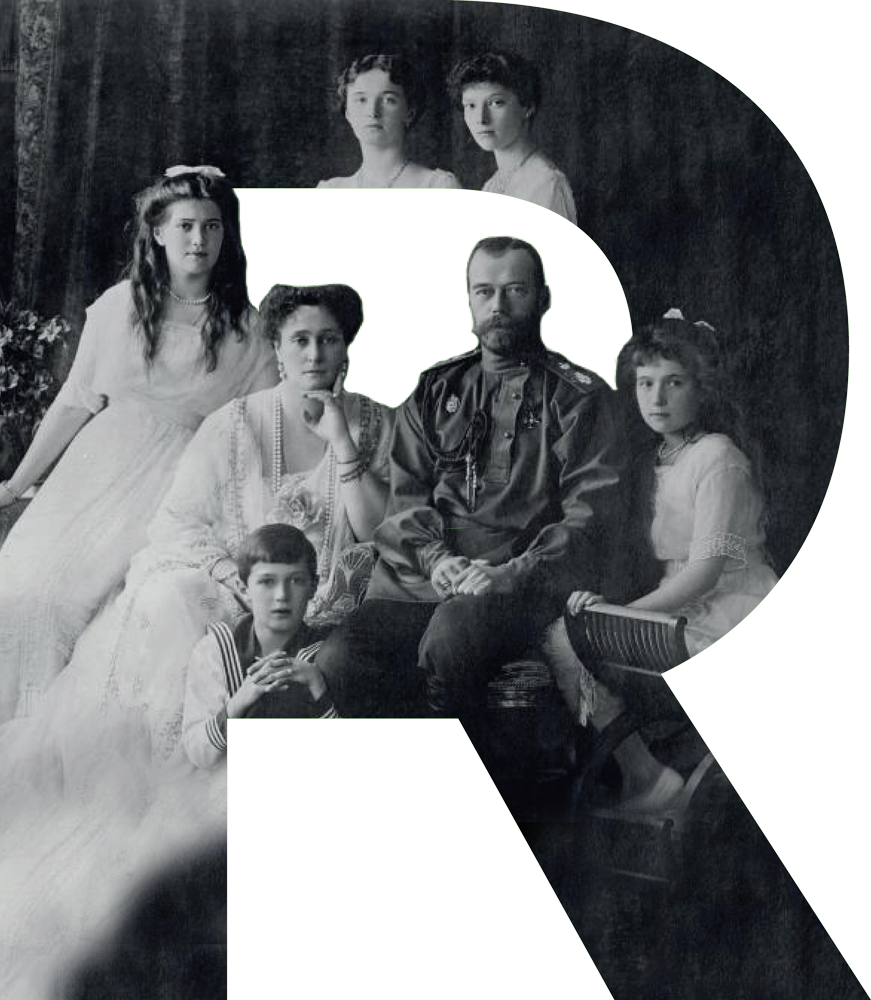
March 15, 1917
In March of 1917, Nicholas II, the final Czar of Russia, abdicated the throne. Tensions grew after he went back on his promises and led the empire into World War I. By force, he was forced out of his position of power, and the Romanov family was interned in locations across the country.
Click here to read more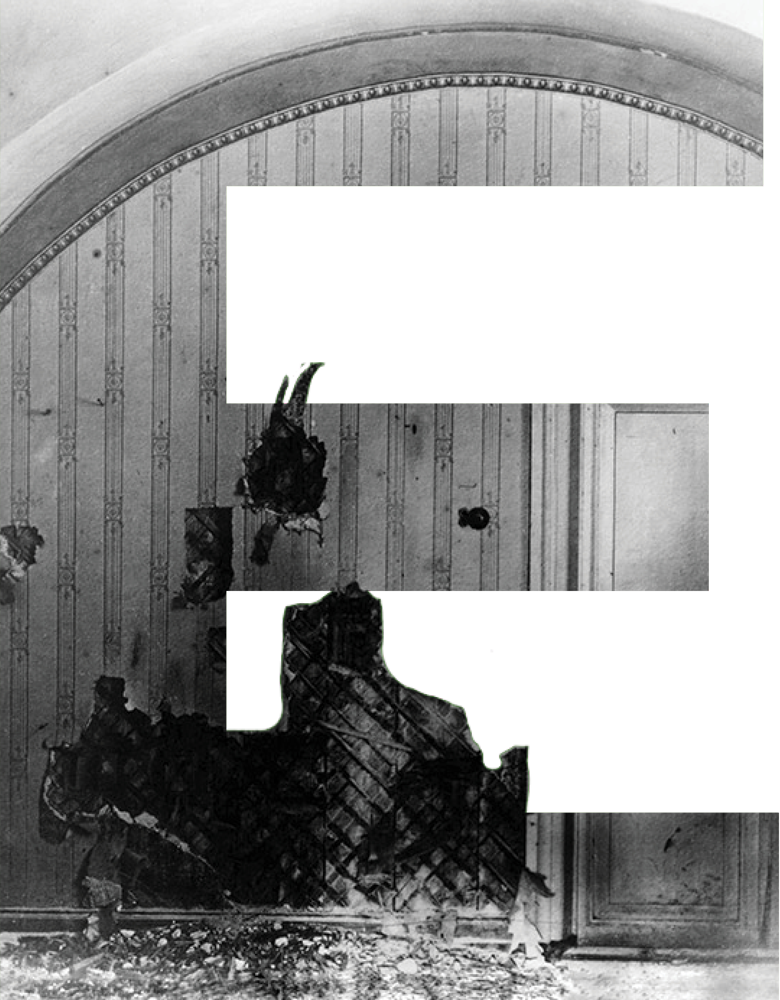
July 16, 1918
Fearing that the Romanovs might be rescued from Yekaterinburg, the family and their four servants were led into the cellar of their prison. After being posed for a photo, guards burst through the doors and executed the group.
Click here to read more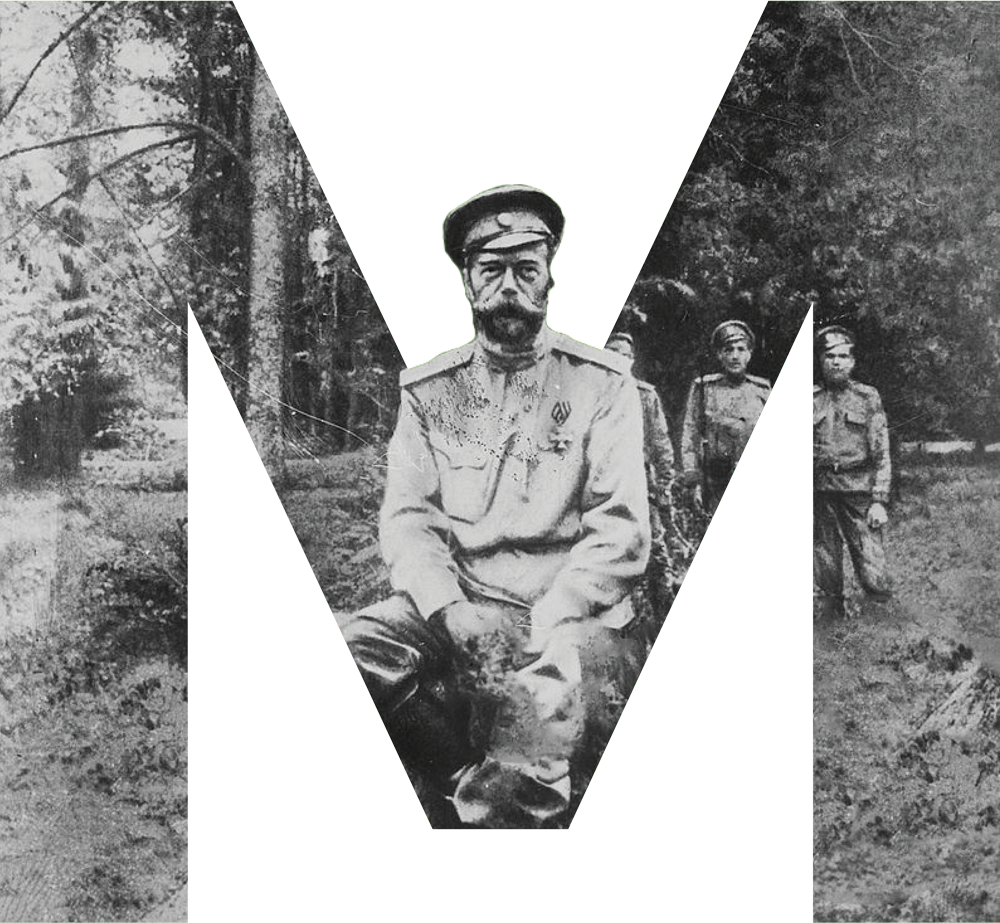
Summer 1918
Mystery surrounded the fate of the family because the Bolsheviks, who led the revolution, kept the information under wraps. They published the murder of the Czar, but they avoided talking about the execution of the children.
Click here to read more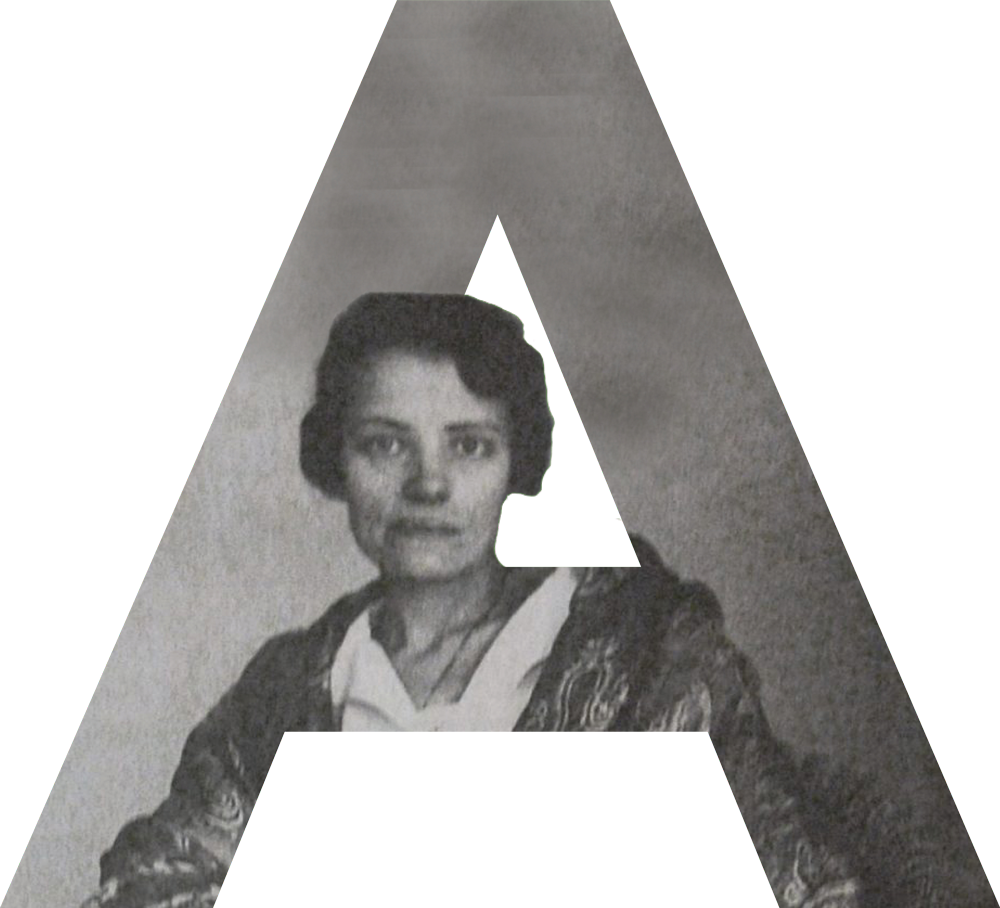
February 6, 1920
In 1920, a woman known as Anna Anderson came forward claiming to be the Grand Duchess Anastasia Romanov. For years, she tried to prove her identity, and although she convinced many of Romanov relatives, she was never official recognized as the princess. Over the years, four other women claiming to be Anastasia and seven men claiming to be Alexei appeared.
Click here to read more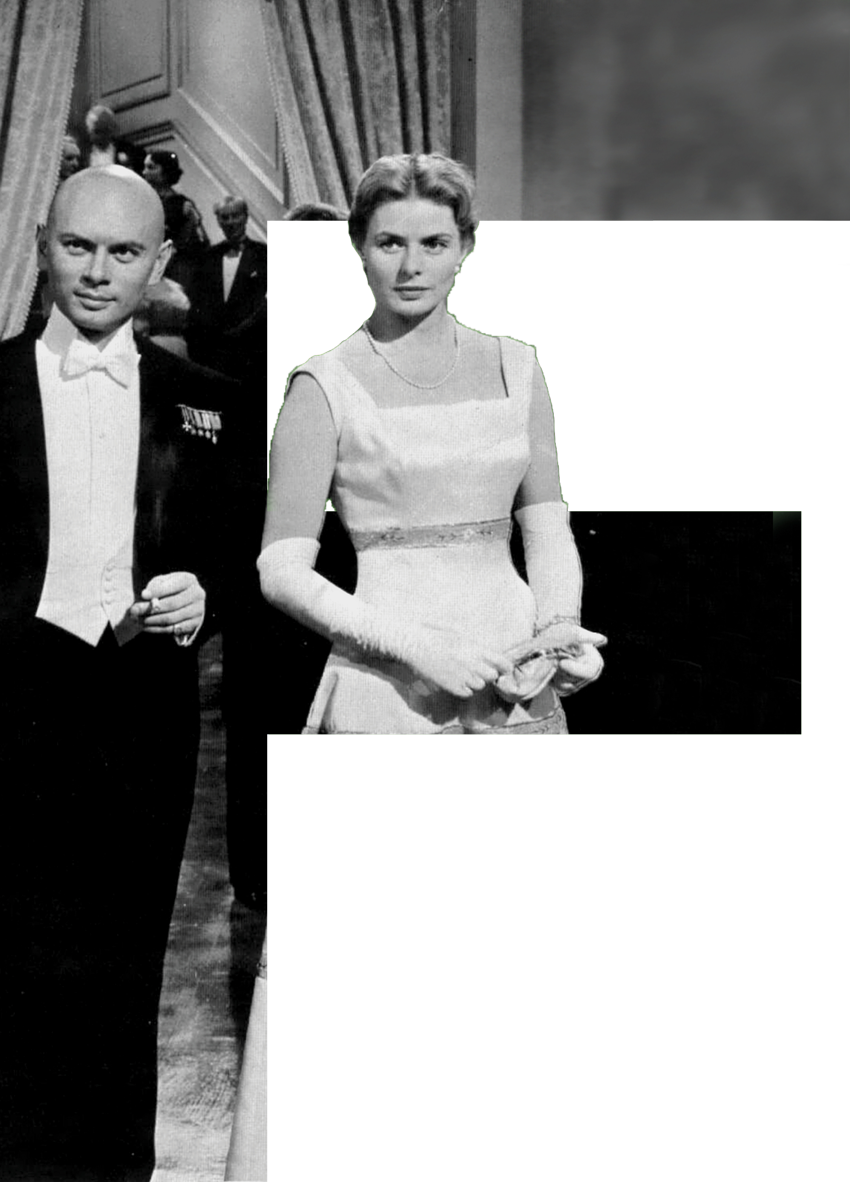
December 13, 1956
In 1956, a film titled “Anastasia” was released to great acclaim. The story was based on a French play that was inspired by the story of Anna Anderson, and it followed the princess on a journey to reconnect with her grandmother in Paris. The film’s star, Ingrid Bergman, won the Academy Award for Best Actress for her role.
Click here to read more
July 1991
In 1991, twelve years after the grave was found, the skeletons of the Romanovs were exhumed. Although DNA samples of the family didn’t exist, scientists were able to work retroactively using mDNA, which passes from mother to child, to determine the identity of the Czar, his wife, and three daughters. Two of the children were still missing.
Click here to read more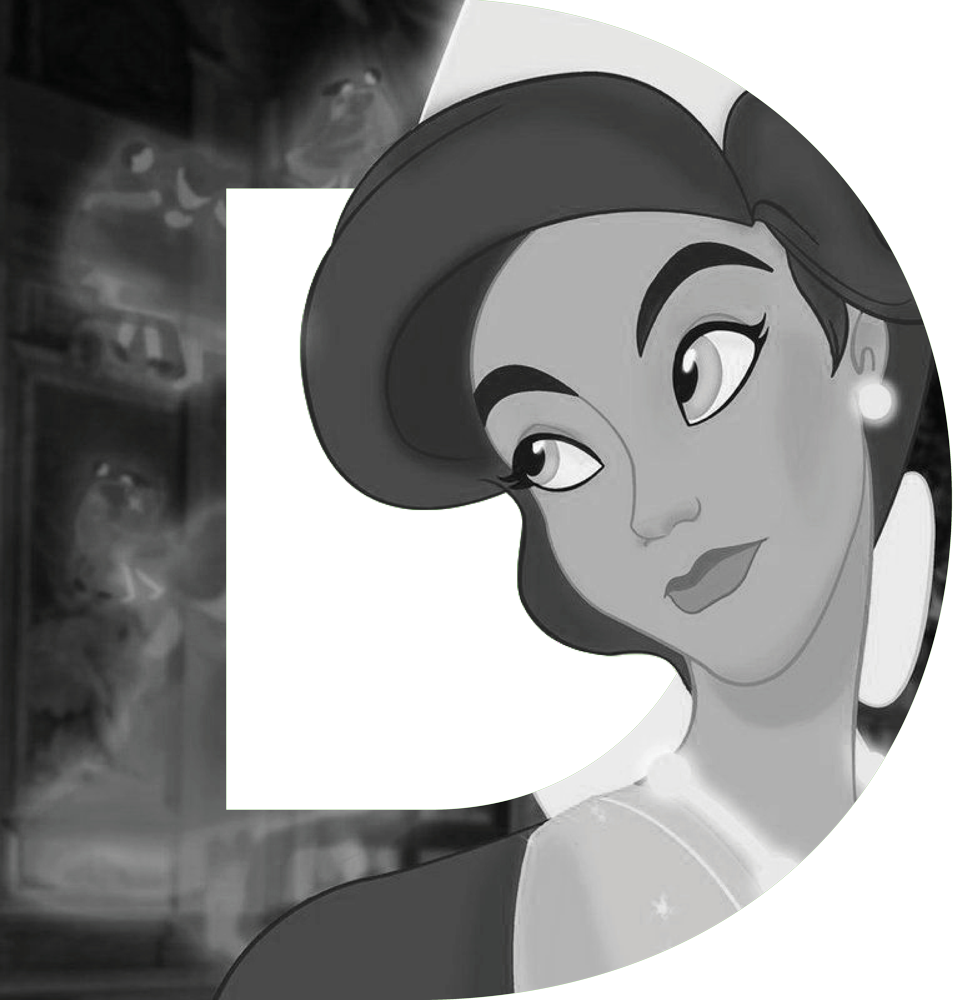
November 21, 1997
In this animated classic, the youngest Romanov daughter, Anastasia, survived the attack on her family by an undying wizard. In traditional Disney style, the main character encounters troubles along the way, but in the end, she gets everything she wanted, falling in love and reuniting with her grandmother.
Click here to read more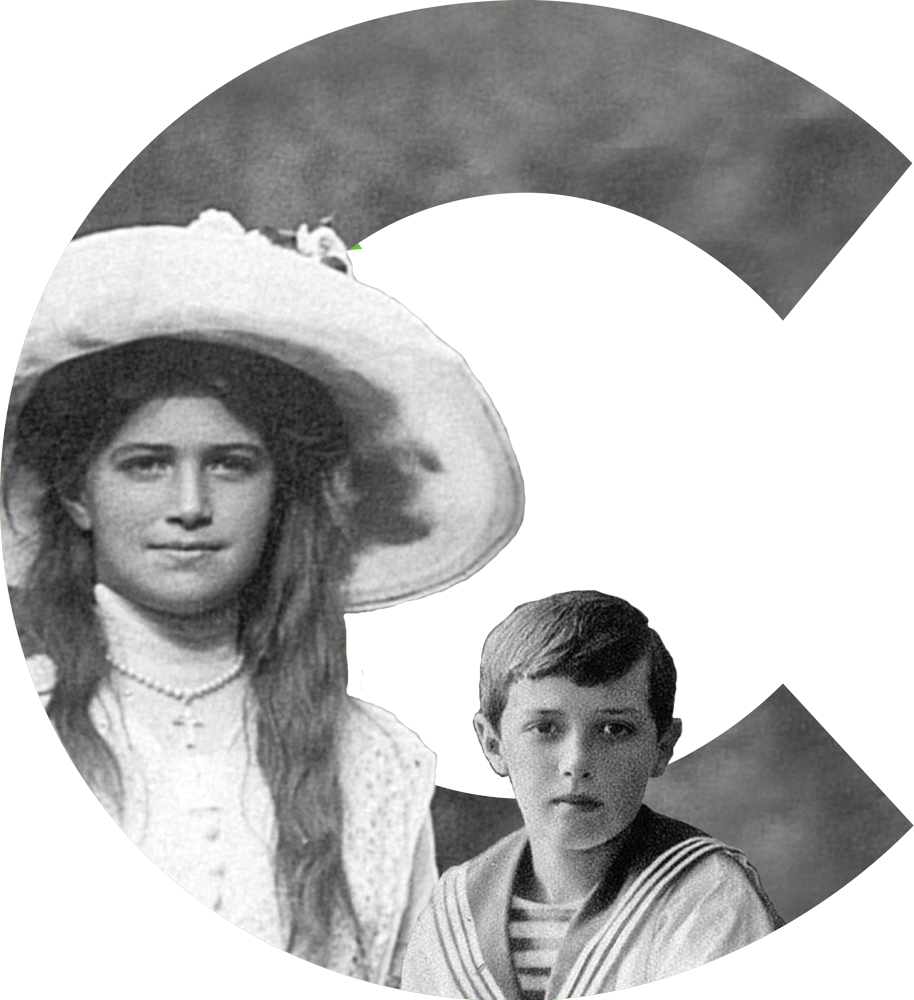
July 29, 2007
In July 2007, around 40 bone fragments of the final two Romanov children were discovered. Using DNA and mDNA, scientists confirmed that the female body was four trillion times more likely to be related to the Romanovs than unrelated, and the male body was 80 trillion times more likely to be related.
Click here to read more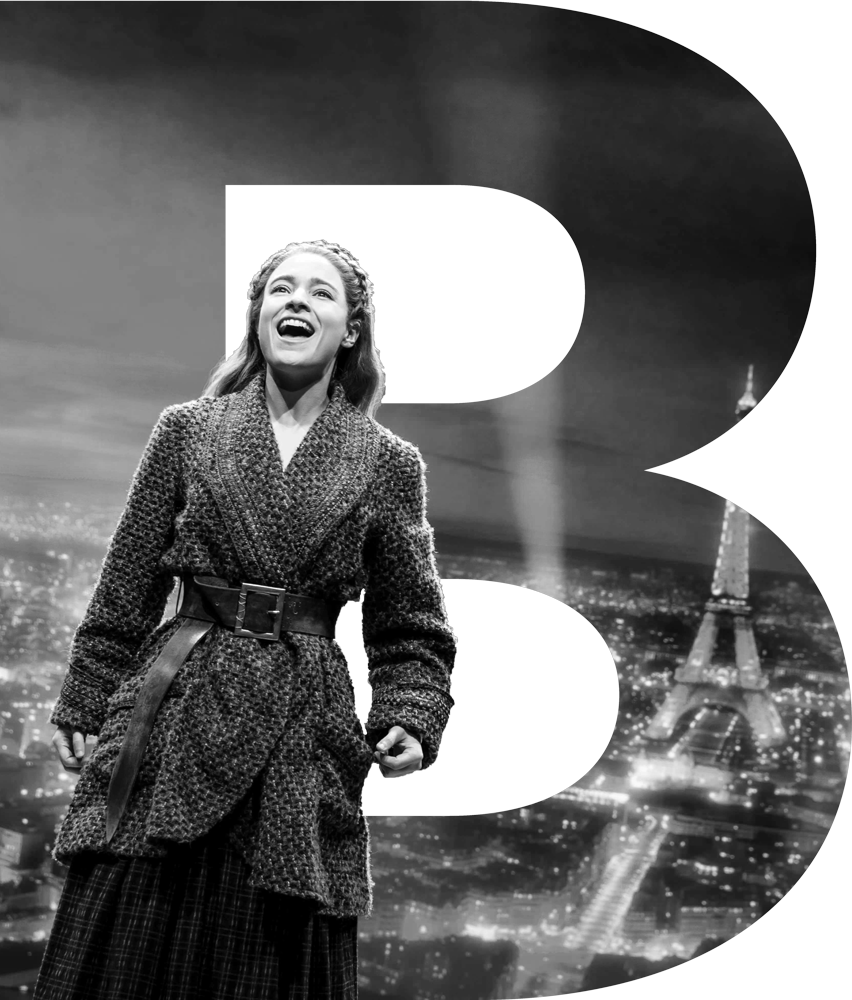
April 24, 2018
A few months past the 100-year anniversary of the execution, the 2018 Broadway opening of “Anastasia” strived to be more accurate to Russian history, with government officials serving as the antagonists rather than a wizard. With the closing of the final curtain, Disney once again brought a happy ending to the stage, choosing to create an ending happier than the harsh reality the Romanovs faced.
Click here to read more